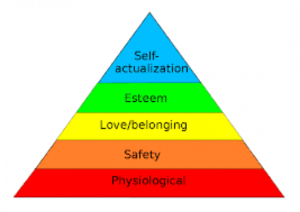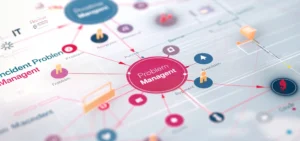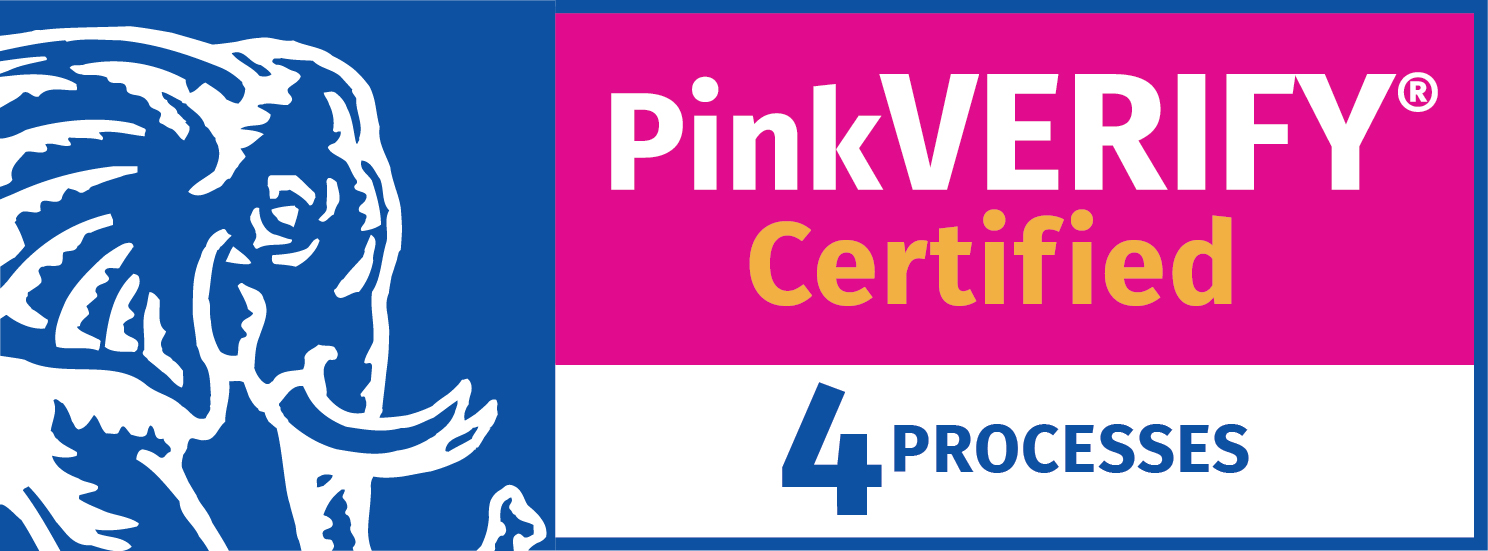Many of us have come across Maslow’s Hierarchy of Needs at some point in our educational or work lives. The hierarchy was created as part of Maslow’s “theory of human motivation” and is often depicted as a pyramid. An example is shown in the next section. The hierarchy of needs has since been applied to other situations, for instance, the requirements of employees in the context of their employment. It can, therefore, also be applied to IT service desk analysts to understand how the work environment, including management practices, motivates them in their daily work.
This blog can’t provide all the answers, let alone all the right answers. After all, motivational needs will depend on many local factors, with a prescriptive approach to motivation unlikely to lead to optimal outcomes. Instead, this blog is intended to prompt IT service desk managers and other IT support leaders to think about how best to motivate their IT service desk analysts, with key areas of focus shared at the end.
Maslow’s Hierarchy of Needs
Different versions of Maslow’s hierarchy are available; the diagram below shows a simple pyramid.

The hierarchy traditionally requires that a layer or stage be satisfied before an individual can progress to the next. So, for example, safety needs require that physiological needs are met. However, it’s more likely that the levels overlap, but the absence of a lower-level need can adversely affect any attempt to address a higher-level need.
The lower two layers can be considered the basic needs, the following two layers reflect psychological needs, and the pinnacle self-fulfillment needs.
The basic IT service desk analyst motivations
These two hierarchy levels aren’t the main focus of this blog, but it’s essential to cover them before moving up the pyramid to the methods service desk managers can employ to motivate IT service desk analysts better.
One would hope your corporate Human Resources (HR) department has these factors pinned down. At a simplistic level, the role needs to fulfill the employee’s work purpose, with a sufficient salary to allow them and their dependents to live. If it doesn’t, employee retention will be difficult, and staff churn will adversely affect IT service desk performance. Similarly, safety and security issues – from the working environment to the fear of job loss – will affect an employee’s motivation and retention.
The capabilities provided to employees also sit in this space. Whether it’s the agreed ways of working or the tools that facilitate them, their absence or inconsistency is likely to affect IT service desk analyst motivation (and retention) at a basic level.
The psychological IT service desk analyst motivations
These are the areas where service desk management can make a real difference to service desk analyst motivation (and retention)and relate to social and self-esteem needs. In the original Maslow hierarchy, love and belonging often represent social needs. This factor can be interpreted in multiple ways in a work context – for example, workplace friendships, team dynamics, performance measurement and recognition, and management-staff relationships. Much of this is influenced by the quality of line management and how they lead and manage their team(s) – viewing the individuals who can be motivated to better solo and collective performance rather than simply uniform cogs in a larger machine.
Employee self-esteem relates to how employees feel about themselves, especially regarding doing a good job. This need requires many elements to be in place, from the lower-level factors, through being suitably skilled, to performance measures that are fair and realistic and allow contributions to be recognized.
Even though all levels are important, this is likely the most essential area for investment in IT service desk analyst motivation. The key areas of focus are shared in the final section.
The self-fulfillment IT service desk analyst motivations
In an IT service desk analyst context, self-actualization usually relates to personal and career development. Whether this is advancement in IT support, other IT areas, other areas of the business, or even with other employers.
Importantly, as much as a line manager might want to advance team members to recognize their hard work, achievements, and skills, some employees will be happy (and motivated) continuing to do what they’re currently doing. For them, the prospect of new opportunities and increased responsibilities is a demotivator rather than a motivator.
Key focus areas for IT service desk analyst motivation
As already stated, there’s no one-size-fits-all approach for motivating IT service desk analysts. However, various steps will help:
- Start by appreciating the need for, and opportunity of, IT service desk analyst motivation. Allow your people to perform as the best possible version of themselves. A big part of this relates to their motivation and work engagement.
- Understand how different factors affect employee motivation. Plus, the links and dependencies between them because it’s important to appreciate that addressing higher-level motivational factors is likely ineffective without the basics.
- Provide your team with opportunities to appreciate each other. Work with your team to establish a regular cadence for the team-building activities they would prefer. After all, not everyone wants to go to the middle of nowhere to build a raft.
- Recognize the impact of distributed working on motivation, teamwork, and performance measurement. It’s important to factor this “distance” into far more than just the motivation of remote-working staff.
- Create formal and informal mechanisms for employee feedback. The mechanisms should include 121 meetings, surveys, and exit interviews – where leaving employees are encouraged to be as open and honest as possible.
- Balance individual and team performance measures. The wrong performance measures not only adversely affect individual and team motivation but can also drive the wrong behaviors.
- Make employee recognition a management staple. Discuss successes and improvement opportunities with staff (and in a balanced way). It’s also essential to do this regularly, with research highlighting that employee well-being issues are linked to the lack of recognition.
- Allocate time for personal investment. For example, on-the-job coaching and the pursuit of formal qualifications that address both current and future role needs. It not only improves staff capabilities but also increases their motivation.
What would you add to this list? Please let us know in the comments.





